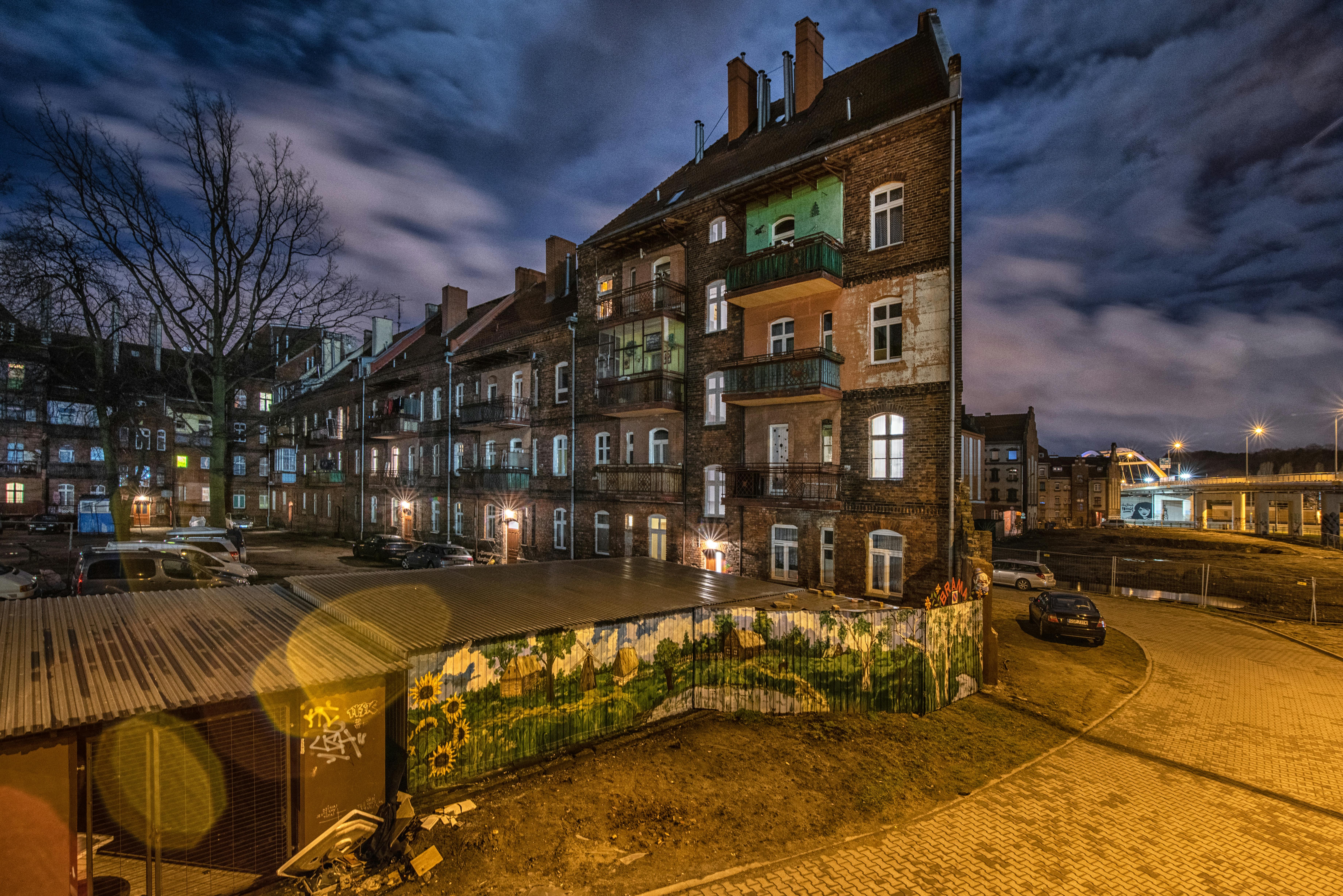Anyone who has had any sort of introduction to model railways will know that it is one of the most creative hobbies out there. The number of decisions you have to make between layouts, scenery, locomotives, and more will ensure that when your project is complete, you will truly have a design that is a reflection of your own personal vision.
While most decisions will be based on creativity, others will be more practical in nature. One of those decisions is which scale you will use, making the right decision has practical implications that being aware of is just to your advantage. This article will specifically look at the merits of the HO scale.
Introduction to the HO scale
Initially, there were 4 scales known as scale 1, scale 2, scale 3 and scale 4. However, they were too large for conventional model railways to take off. Then a smaller one was conceived, which was the 0 scale. However, the zero was confused with the letter O and that is the version that stuck. The HO scale (1:87) is half the size of the O scale (1:43.5) and therefore means “Half O”. Typical width (distance between tracks) is 16.5mm.
HO scale is a good choice for homes
A complete HO scale model layout is usually a good size for a spare room or garage. This is especially true when you buy an “all in one” kit where the size of the layout takes into account the average space that people usually reserve for the model railway. The HO scale is also suitable for homes with small children in terms of the dangers due to swallowing small parts of the model. Typically, the locomotives, rolling stock, and stage are too large for this type of accident to occur. So, if you ever think of getting a friend or family member a model railway kit to entice them into the hobby, then considering the above mentioned points should be worth your consideration.
Thinking of using an HO scale design in your garden?
While some model train builders use the HO scale for landscape projects, the results are generally not as good as if the same layout were built using a larger scale. First, the fragility of the models makes them unsuitable for outdoors in terms of weather resistance and ability to withstand an uneven surface. Secondly, assuming your garden is not small, the design will not have much of a visual impact due to its relatively small size when in an outdoor setting. Making the layout bigger doesn’t really solve the problem that well because there would still be a problem of seeing relatively small trains and scenery from a distance. Placing the layout on a table rather than the floor would allow for better viewing, but this greatly limits the amount of space available for building the layout.
Popularity and choice galore.
One of the best things that the HO scale offers is its high level of popularity. This is due to the fact that this particular scale is the largest that is still practical for tabletop layouts. This practicality makes it a very popular choice for conventional model railway enthusiasts. The choice in terms of locomotives and rolling stock is absolutely huge. A quick look at the Amazon and eBay marketplaces will show a wide variety of models. Produced by highly reputable manufacturers such as Bachmann, Like-Like and Hornby.
When building an HO scale layout, there are two points to keep in mind that will keep you from limiting the components you have at your disposal. First of all, don’t be afraid to mix different brands in one design. There is a lot of compatibility between manufacturers these days. So if you’re building a “WWII” era design, consider appropriate models from all manufacturers, including lesser-known ones, for the best chance of achieving the design you set out to achieve. Second, don’t limit yourself when choosing landscape in terms of “scale.” For example, the smallest N scale or the largest O scale can provide a landscape that will fit your landscape better than anything available in the HO scale.
Is the HO scale right for you?
After reading the information above, you are in a better position to decide if the HO scale is the right size for your project. A good way to make a decision would be to list the pros versus the cons and consider how important each point is to your particular project. For those of you who are experienced railway modelers, you will have the experience to make that decision. However, for beginners, having as much information as possible to make such decisions will only lead to richer, better and more sophisticated model railway layouts in the future.




